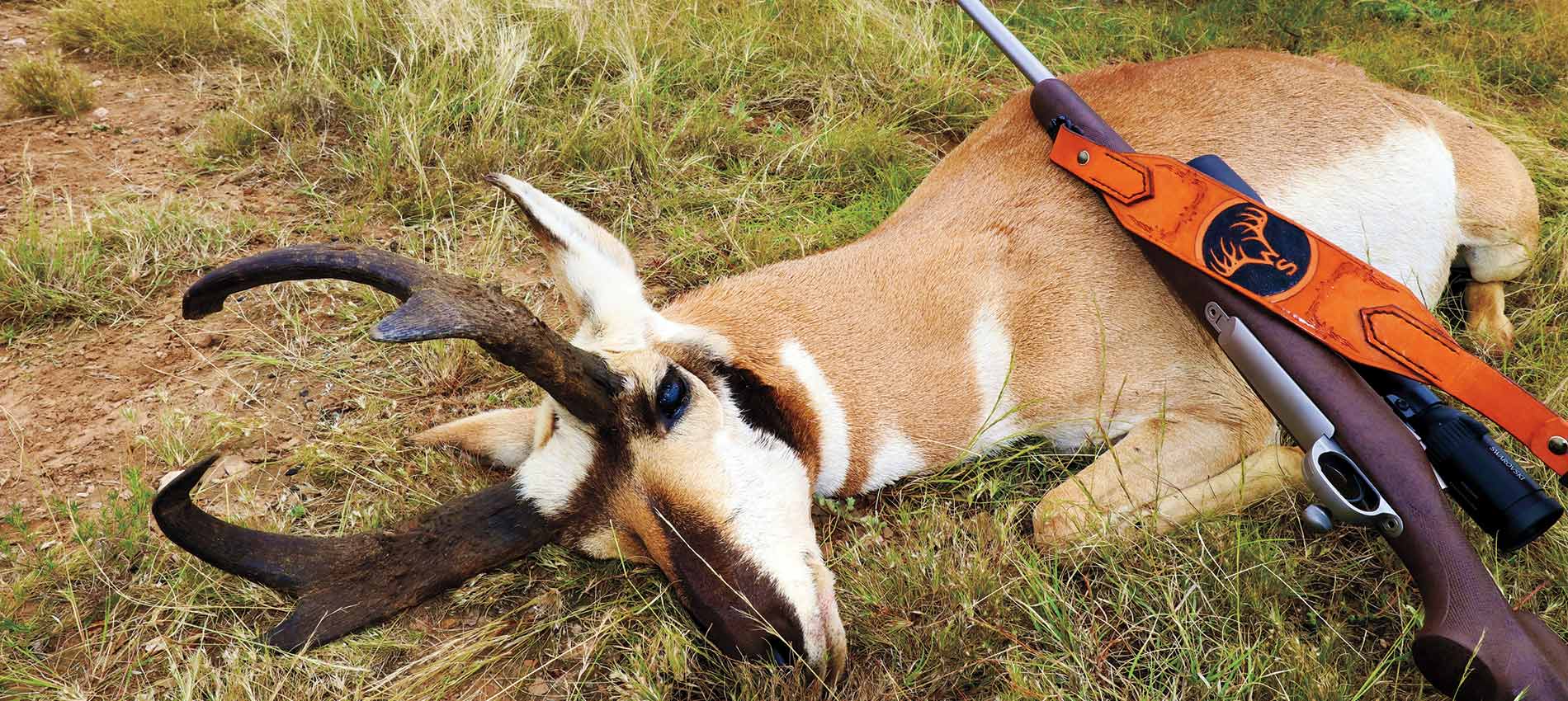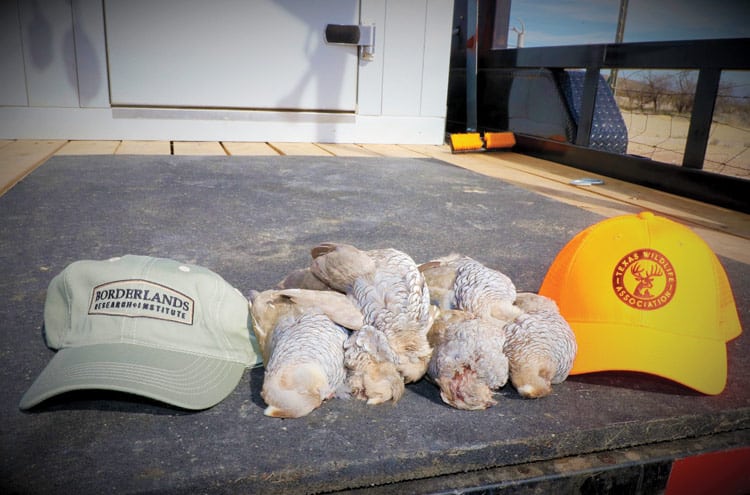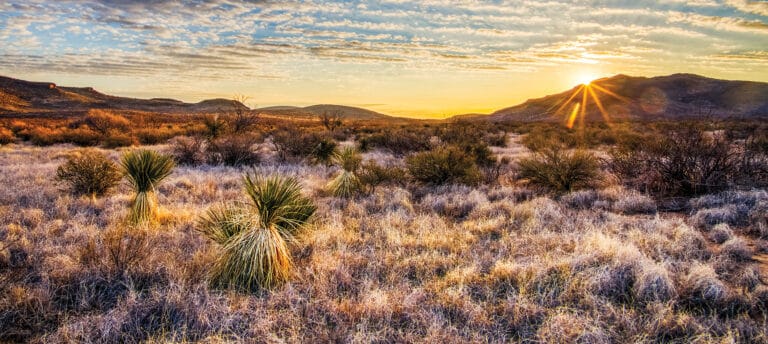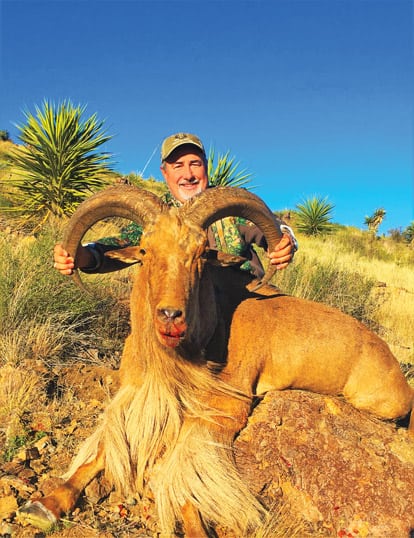 In a recent conversation with Tom Alexander, who is the publisher of this magazine, we were discussing concepts for my fall issue assignment. “I want you to share some thoughts regarding the formula for your longevity and success in the hunting business. I want you to expand the article into a larger word-count than usual, and I want you to use some big, beautiful photos.” My response was, “I can name that tune.”
In a recent conversation with Tom Alexander, who is the publisher of this magazine, we were discussing concepts for my fall issue assignment. “I want you to share some thoughts regarding the formula for your longevity and success in the hunting business. I want you to expand the article into a larger word-count than usual, and I want you to use some big, beautiful photos.” My response was, “I can name that tune.”
In some ways, it seems like it was just yesterday that I formed Wildlife Systems, Inc. (WSI), shortly after graduating with a wildlife degree from Texas A&M. But, the reality is that it’s been some 31 years since the inception of WSI and I’ll admit, it’s been a wild ride in many ways. The learning curve has been steep, and I continue to be amazed at some of the new curve balls that are occasionally tossed my way, but the long and short of it is that there are a handful of key ingredients that have been the cornerstones for the modest successes of WSI.
People
From my perspective, the most critical tool for success in the hunting business, or perhaps any business, is having the good people positioned in the right place. Good people starts with good character. Certain skills can be taught, and talents can be honed through training and experience, but it can be a challenge to reshape someone’s character. Give me someone with a positive attitude, who is reliable, with an open-minded outlook, and I’ll take that person all day long over someone who has a great deal of experience and knowledge but wears a frown to work each day. In my business world of WSI, the general face of the company is most often expressed through the people who answer the phone in our office, as well as our guides and chefs who work our hunts. These are the people who have the most common interface with our hunters, landowners and ranch personnel. I’ve found that people who are passionate about what they do and who enjoy their work, are often the same people who are looking for ways to improve their craft and strive for excellence; combine that with good moral character and a smiling face that consistently shows up on time, and you have a winning combination for great performance.
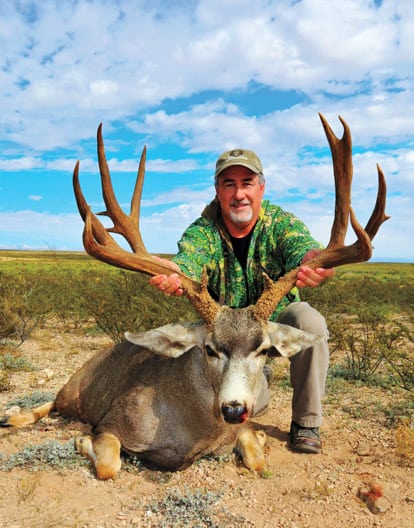
Process management
One thing that is often lacking in the hunting industry is business process management (BPM). Fundamentally, process management in the business world is reflected through a set of activities that are shaped to help accomplish specific goals. BPMs are not one-time tasks, but rather ongoing activities that are replicable and create an engineered way of doing things to enhance performance outcomes and efficiencies. In the hunting business, BMPs should apply to a laundry list of company functions, including risk management, clerical practices, customer service strategies, landowner relations, regulatory compliance, game processing, harvest photography and other categories of business function.
In the hunting business, I’ve found it prudent to develop and implement BPMs that are relatively simple and easy to replicate. Then, it’s a matter of developing a process that allows your support team to merge onto the same page, so that everyone is marching in step and following consistent procedures in deploying their tasks. Printed materials and in-service training are great ways to ensure that process management helps shape a business culture that later defines the character and success of the enterprise.
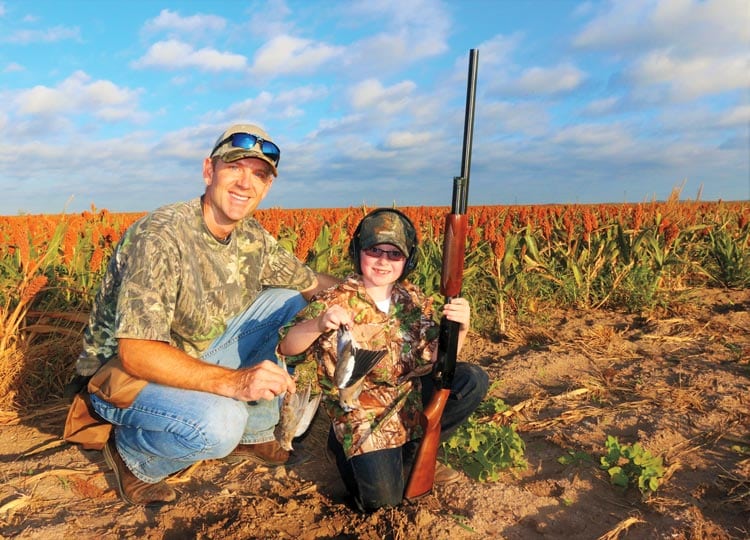
Photos
Yes, I deem this area of the hunting business as being so important, that I identify it as its own stand-alone feature of helping to create success in the hunting business. Not only are quality photos paramount when it comes to marketing hunting enterprises, but these resources can serve as excellent tools for enhancing customer retention. As the late, popular writer Robert Ruark said, “The best part of hunting and fishing is the thinking about it before you go, and the talking about it after you get back.” Imagery, through photos, helps create a sense of allure and excitement for prospective clients and existing clientele. Quality harvest photos are cornerstone in this industry, but other types of photos, such as lodging, support staff, scenic landscape shots, and actions photos can serve as valuable aids when creating media communications tools such as websites, eblasts and brochures. And, it seems like the need for a certain type of photo can often be an after-thought, so being able to catalog these images will serve as a convenient library when you realize that you need such pics for various purposes.
While on this subject, and in-particular with harvest photos, we should all be reminded that we live in a world where people are often hyper-sensitive about animal welfare, and people are critical about various visual cues that may evoke negative connotations. Social media can especially be a public platform where blackeyes for the hunting community can be created through the posting of distasteful hunting photos. So, it’s imperative that harvest photos that are used for these purposes project an image that shows respect for the animal and is not unbecoming of our hunting community.

Be a pro
As I’ve said many times before, people often get into the hunting business for the wrong reason. There’s a tendency for some folks to venture into the outfitting business because they assume that it’ll be a great way for them to spend more time hunting, talking about hunting and being immersed in something that’s fun. There’s absolutely nothing wrong with pursuing a profession that you find to be enjoyable, but when a person chooses a profession simply because they think it’ll be fun, I think there is a tendency for certain professional priorities and business fundamentals to be ignored. Further, I’ve found there to be an abundance of “good old boy” types in the industry, and unscrupulous operators are a bit too common, which unfortunately paints the hunting industry as one that lacks integrity and professionalism.
When you consider the risk exposures and potential liabilities associated with the hunting business, and when you consider that our game resources deserve to be managed with respect through conservation-minded practices, and when you also consider that we live in an ultra-sensitive society these days, there’s no reason someone in this industry should not approach their daily challenges and tasks in a professional manner. Looking the part, acting the part and demonstrating one’s ability to be a responsible operator are key ingredients to succeeding in this industry, and anything less should not be acceptable.
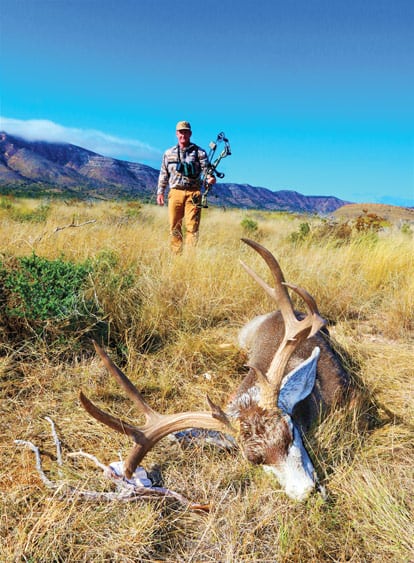
Quality hunting lands
Poor hunting cannot be adequately offset through other amenities and features of a hunting trip. Let’s face it, if someone is primarily looking for lavish lodging and gourmet dining, it’s less expensive and more fitting to find those pleasures at a resort as opposed to a hunting destination. Now don’t get me wrong, there are indeed some hunting lodges that are impeccably represented through 5-star lodging and gourmet dining, but you should not under-estimate the importance in being able to provide your hunting clientele with adequate opportunities to see game numbers and game quality that are within their expectations, based on how the hunt was sold.
Quality game resources are generally a function of quality wildlife and habitat management. Though some hunting operations do rely on liberations of farmed game, which does indeed provide for easier control over certain game availability, the reality remains that “wild” game that are produced naturally in the field, are a direct function of conservation-minded efforts that allow the resources to be managed in a fashion that yields sustainability. Simply put, game resources can be “mined” or they can be managed, and those hunting operations that are in the businesses of mining the resource are destined to have long-term functionality problems. So, don’t under-estimate the importance of “delivering” when it comes to hunters’ expectations.
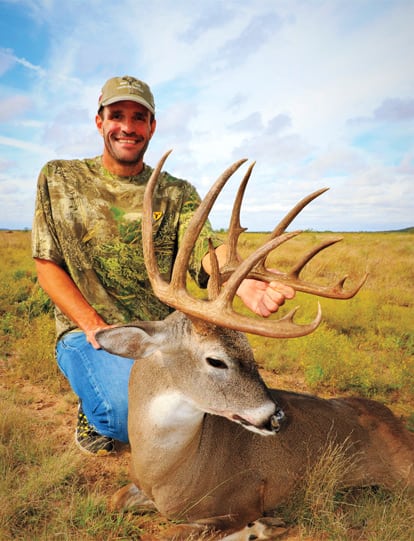
Learn from your mistakes
Trial and error is a good teacher. Einstein summed it up well when he said, “The definition of insanity is doing the same thing over and over again and expecting different results.” We live in such a highly competitive world these days that there simply is not much room for recurring mistakes without there being consequences of lost business and opportunity. As they say, experience is a hard teacher because she gives the test first and the lessons afterwards. So, the best hedge against getting too many bruises and black eyes while going through the school of hard knocks is to allow others to absorb the brunt of those blows and learn from them. These days, the internet is full of self-help tutorials and useful information for learning, not to mention gleaning from your mentors and competitors. But, try as you may, all business people make mistakes, so leverage those marks as strengths of wisdom.
Like most other industries, there’s always room for good business operators. The hunting business can be an enjoyable and rewarding way to generate revenue. Also, like so many other industries, those operators who find long-term success are generally the ones who approach their daily routine with a professional eye, striving for high-performance outcomes and demonstrating good work ethic and ethical business practices.
Have your own wildlife business-related question? Ask Greg here!
For assistance with your wildlife management or commercial hunting needs, contact the private firm of Wildlife Consultants, LLC at (325) 655-0877, owned by veteran wildlife biologists, Greg Simons and Ruben Cantu.
